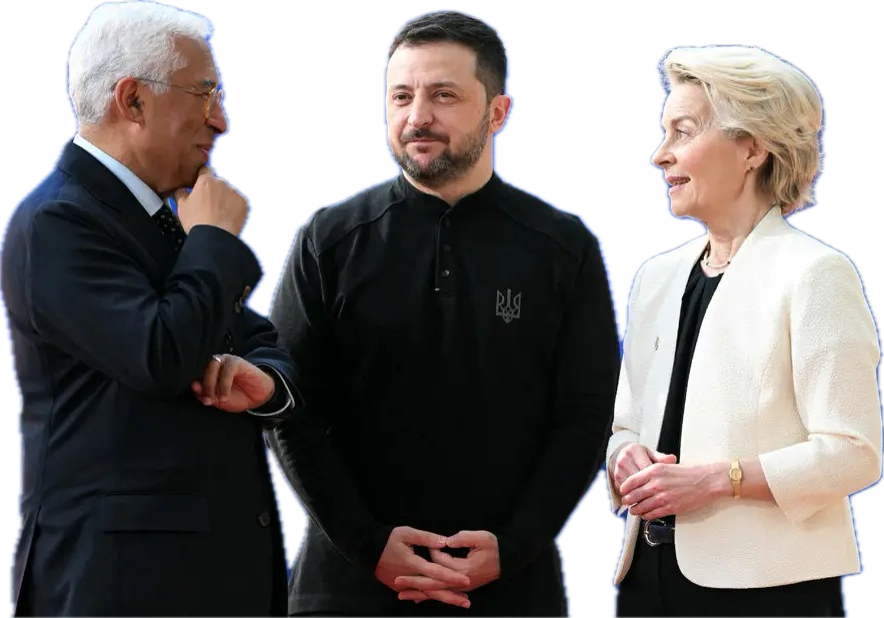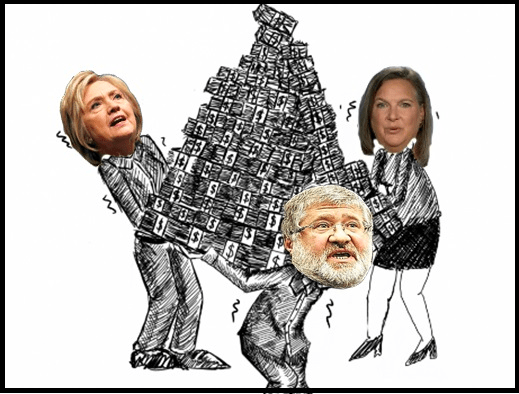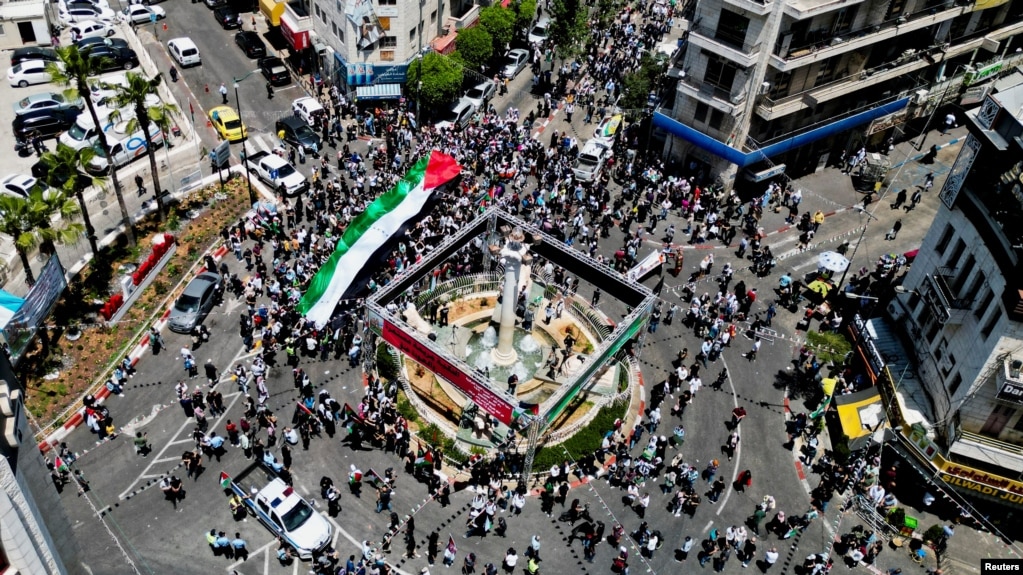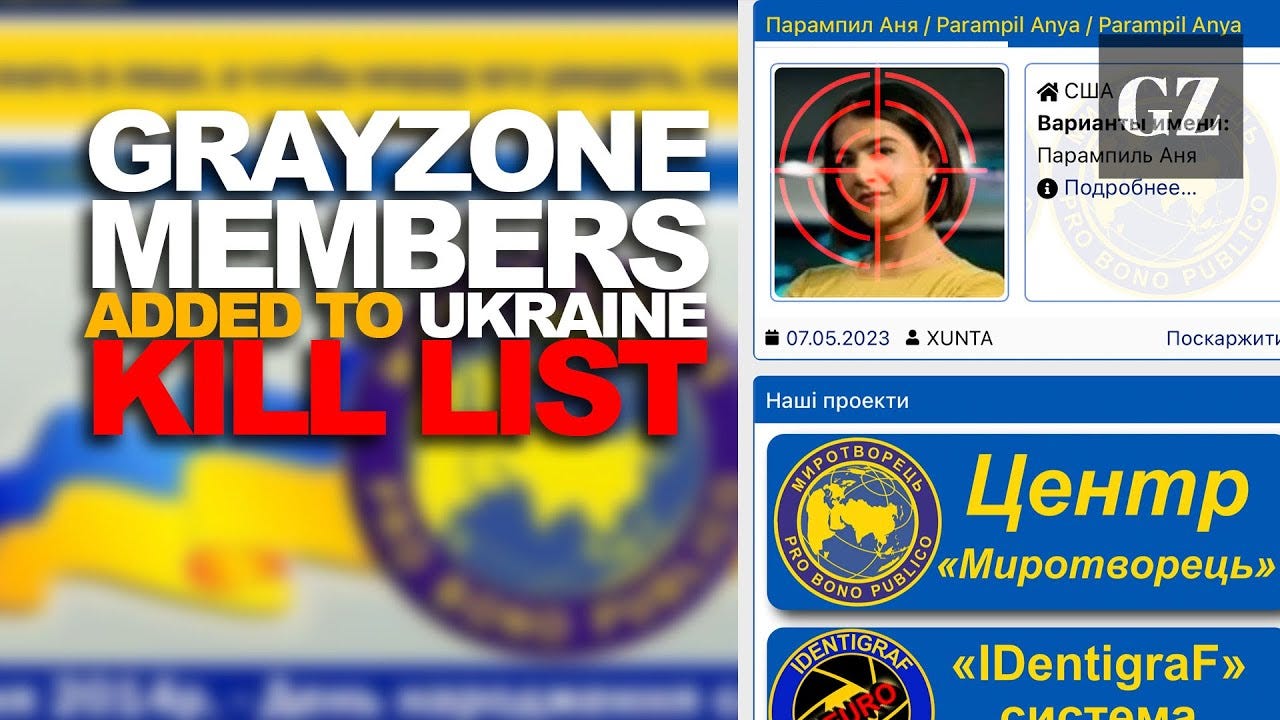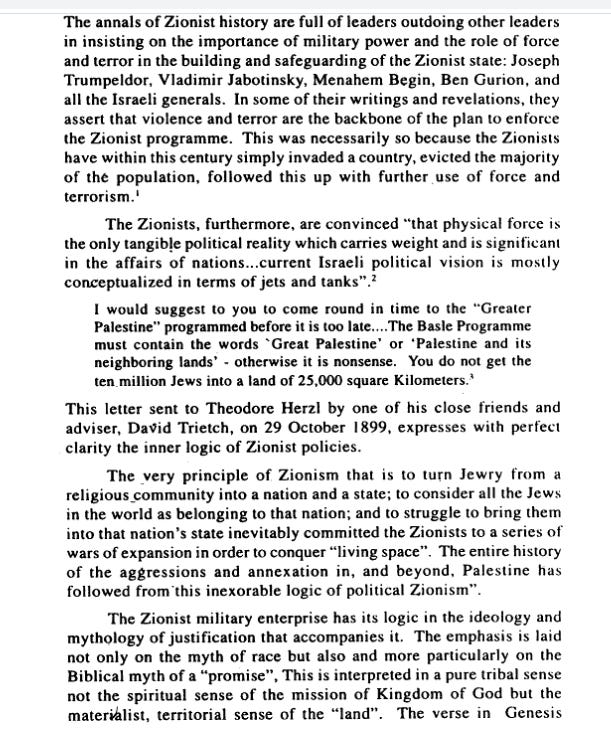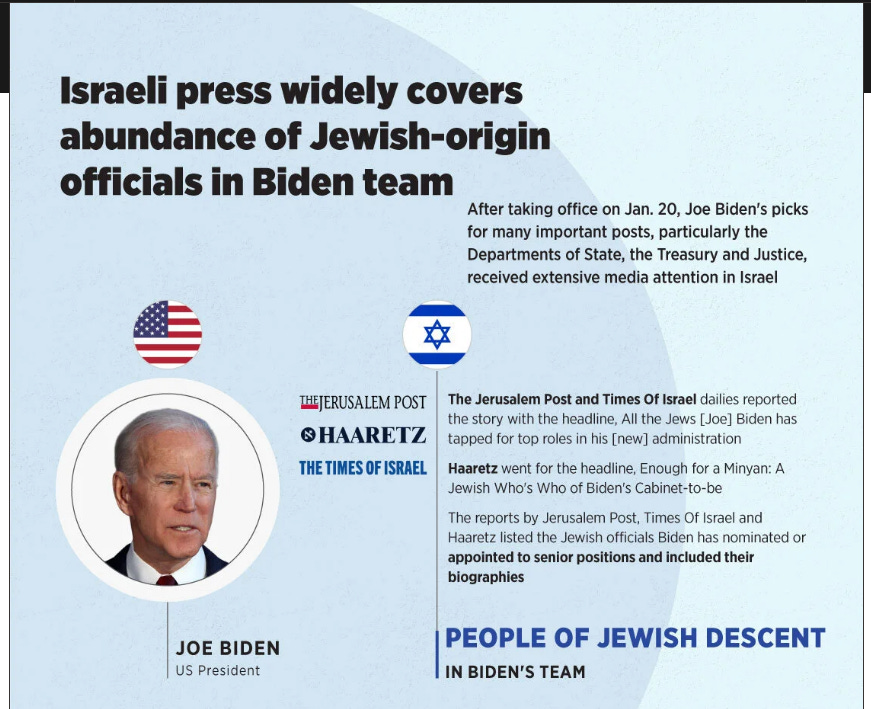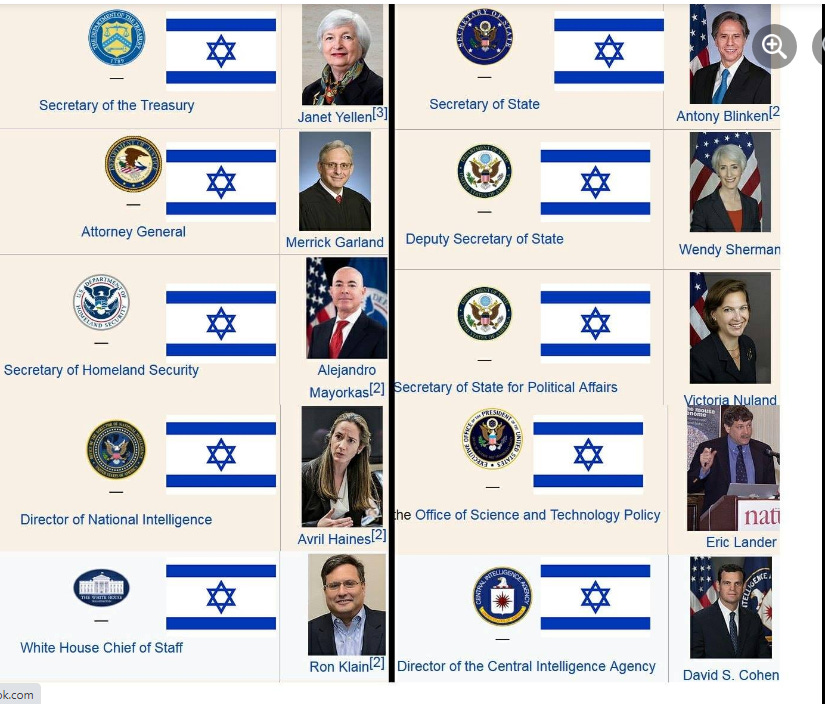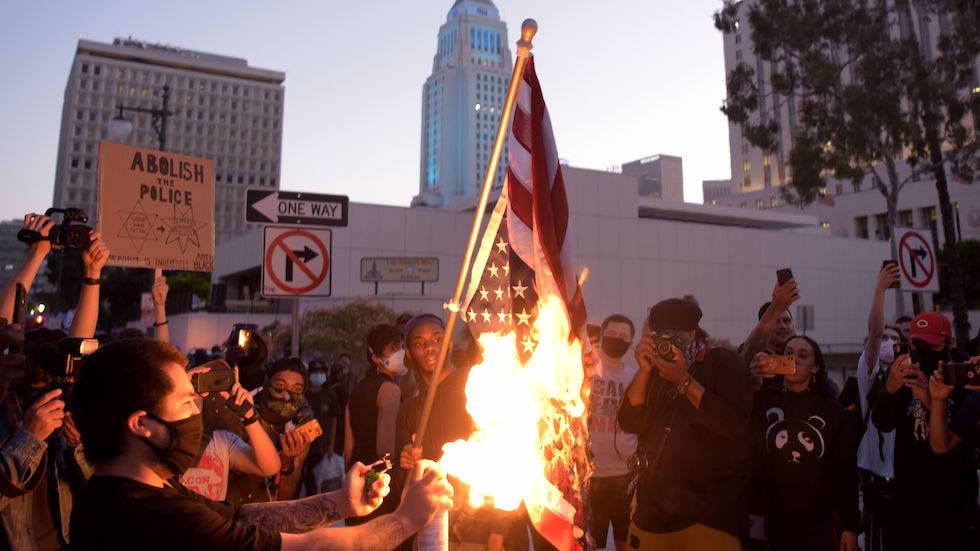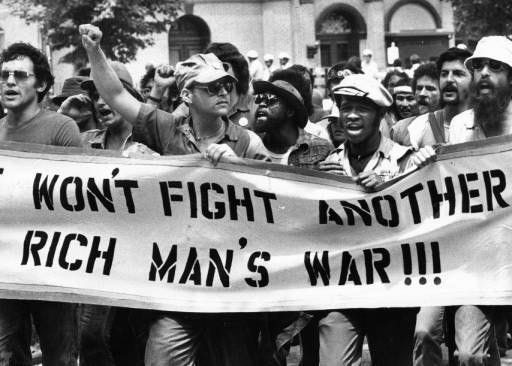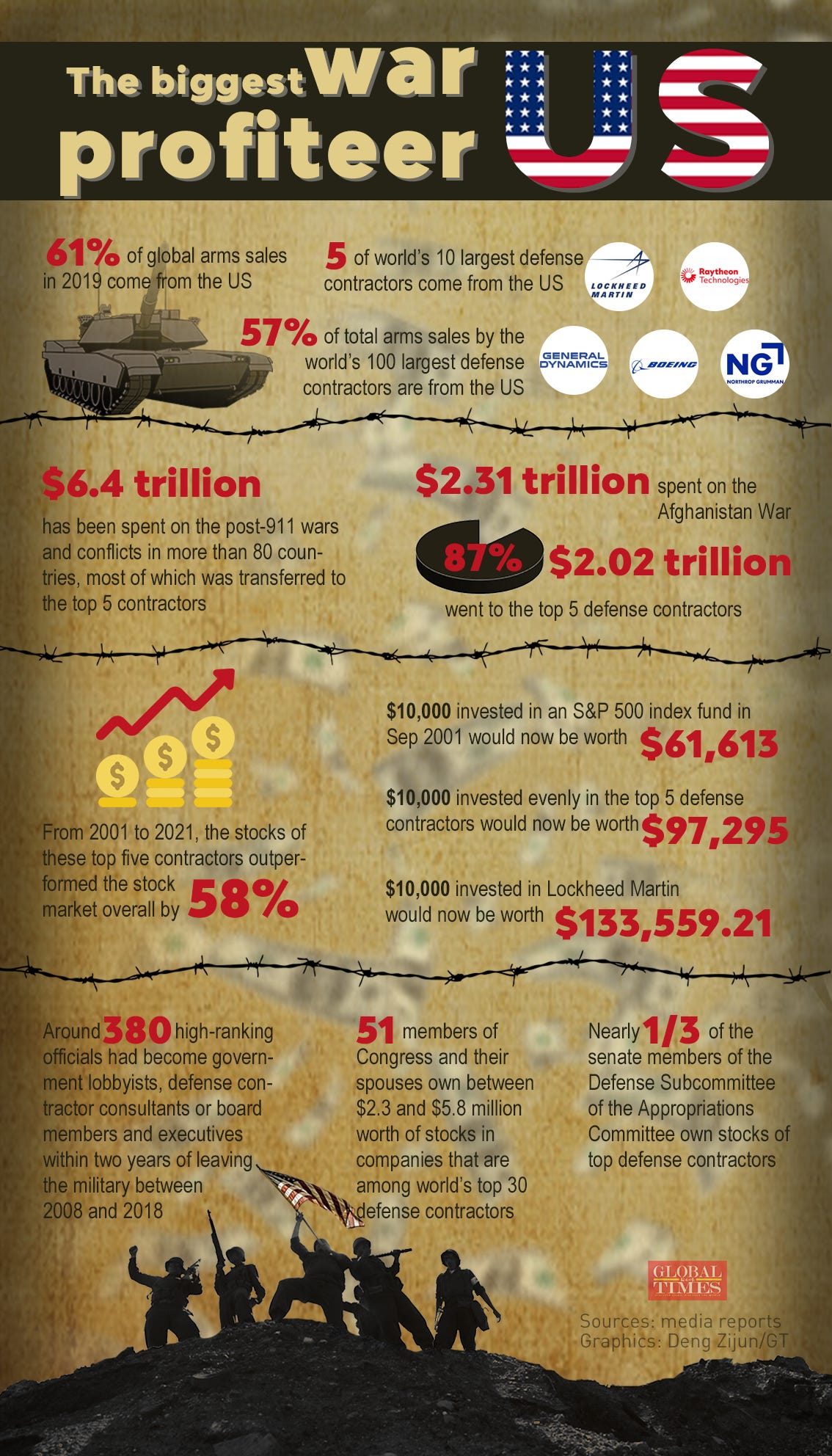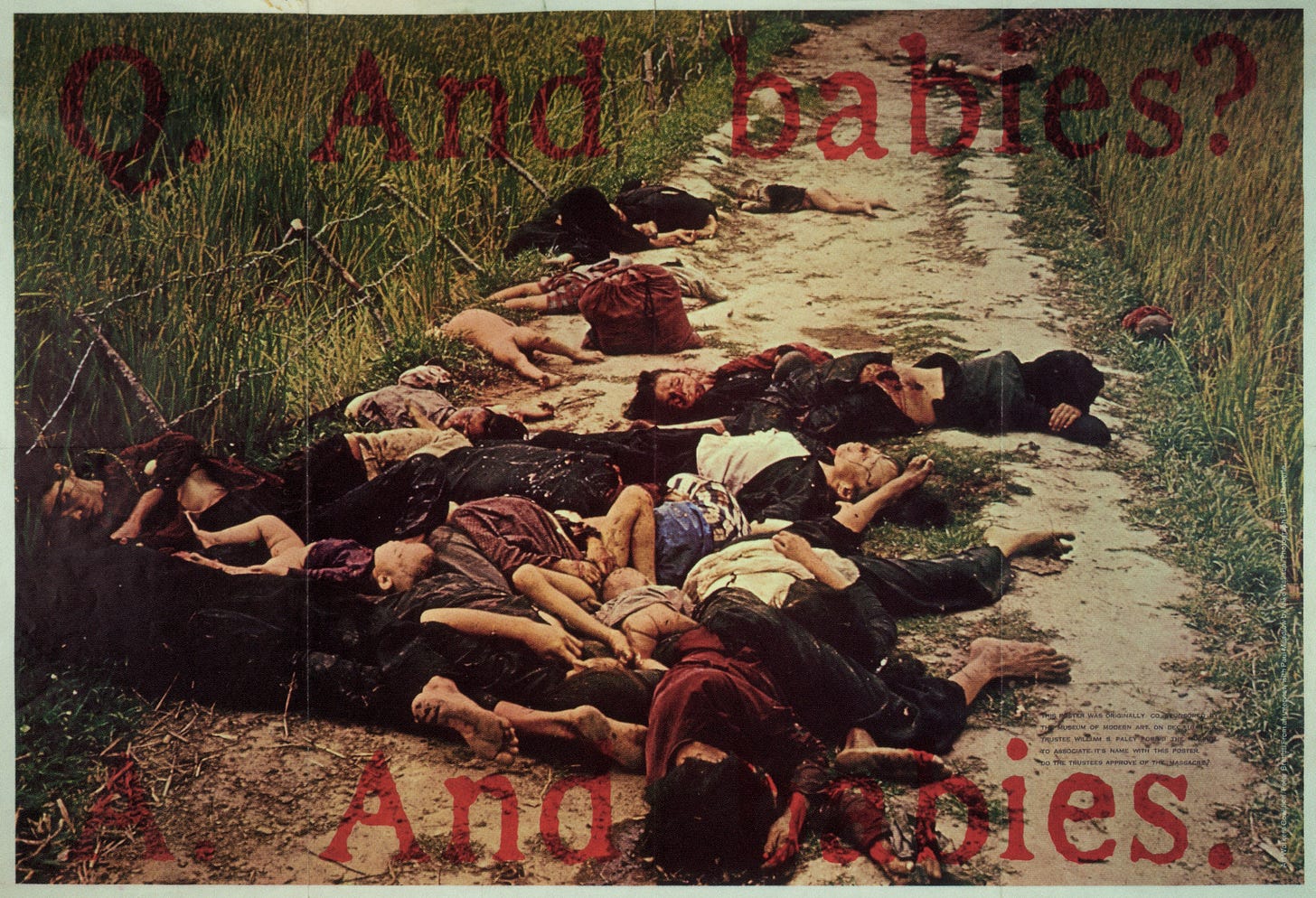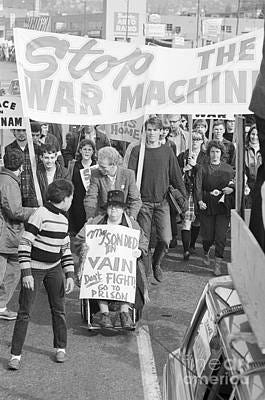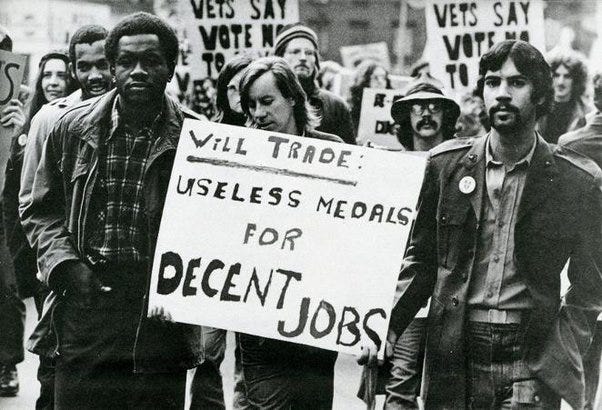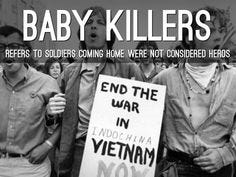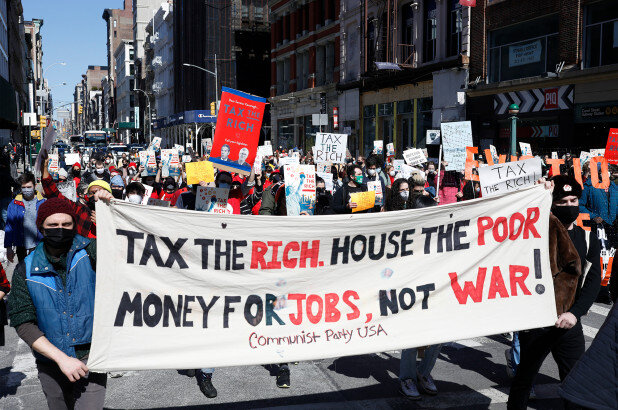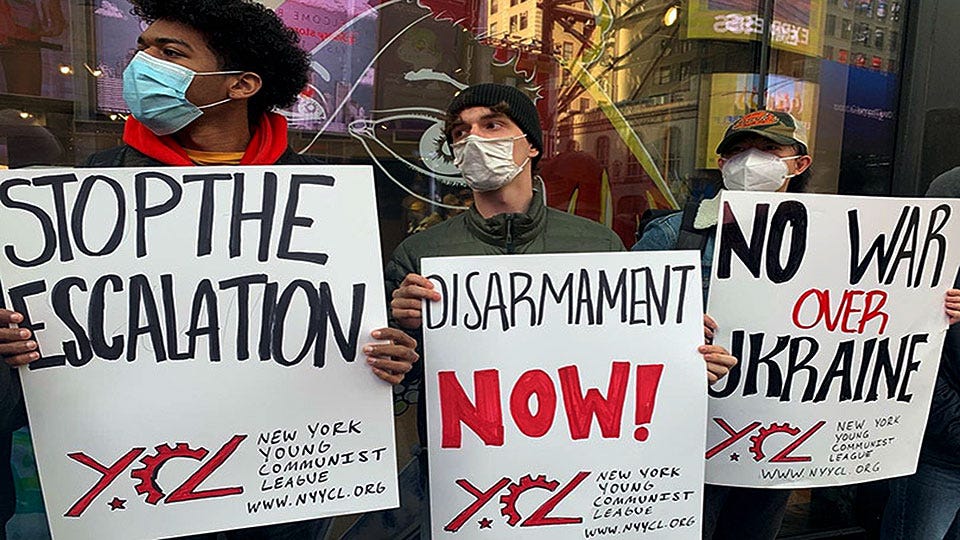When the United States sent the B-29 Super fortress bomber, Enola Gay, to drop “Little Boy” on an unwary Hiroshima and usher in the nuclear age, its administration neglected to plan for a major concern; how to prevent nuclear proliferation. Granted, America could not deter the Soviet Union and China from developing nuclear capabilities and did not want British and French allies from feeling deprived. The word “deterrent” guided who could develop an arsenal of mass destruction. Nuclear weapon balance would deter aggression between nuclear equipped nations.
The nuclear powered nations, with the United States in the lead, had the power to prevent other nations from atomic bomb making and force them into being content with conventional armaments. Why did they neglect to perform the dutiful task? Was it because Israel started nuclear weapons developments in 1963 and none of its antagonists were thinking nuclear? No rationale existed for Israel to have nuclear balance or a “deterrent.” Its nuclear pursuits meant obtaining nuclear unbalance and demonstrating, if it became necessary, doomsday capability. By allowing Israel to have the Samson option and develop atomic weapons, the U.S. and friends stimulated an arms race; Middle East nations sought means to neutralize the Israel bomb. Saddam Hussein expressed this dilemma in a speech at al-Bakr University, 3 June 1978.
When the Arabs start the deployment, Israel is going to say, ‘We will hit you with the atomic bomb.’ So should the Arabs stop or not? If they do not have the atom, they will stop. For that reason they should have the atom. If we were to have the atom, we would make the conventional armies fight without using the atom. If the international conditions were not prepared and they said, “We will hit you with the atom,” we would say, “We will hit you with the atom too. The Arab atom will finish you off, but the Israeli atom will not end the Arabs.”
France started Israel on the road to nuclear capability with the sale of a nuclear reactor and uranium fuel. From Israel’s Nuclear Weapon Capability: An Overview, The Risk Report, Volume 2 Number 4 (July-August 1996).
Franco-Israeli nuclear cooperation is described in detail in the book ‘Les Deux Bombes’ (1982) by French journalist Pierre Pean, who gained access to the official French files on Dimona. The book revealed that the Dimona’s cooling circuits were built two to three times larger than necessary for the 26-megawatt reactor Dimona [supplied by France] was supposed to be – proof that it had always been intended to make bomb quantities of plutonium. The book also revealed that French technicians had built a plutonium extraction plant at the same site. According to Pean, French nuclear assistance enabled Israel to produce enough plutonium for one bomb even before the 1967 Six Day War. France also gave Israel nuclear weapon design information.”
Great Britain paved the road for Israel to reach the bomb. When he was UK prime minister, Harold Wilson supplied Israel with plutonium.
In Harold Macmillan’s time the UK supplied uranium 235 and the heavy water which allowed Israel to start up its nuclear weapons production plant at Dimona – heavy water which British intelligence estimated would allow Israel to make ‘six nuclear weapons a year.’
The United States looked the other way.
After the United States discovered the Dimona reactor in 1960, U.S. nuclear specialists inspected Dimona every year from 1965 through 1969, looking for signs of nuclear weapon production. It is not clear what they found, but in 1968 the Central Intelligence Agency (CIA) reported to President Lyndon Johnson its conclusion that Israel had already made an atomic bomb. In 1969, Israel limited inspection visits by U.S. scientists to such an extent that the Americans complained in writing. Without explanation, the Nixon administration ended the visits the following year.
By tacitly agreeing to Israel’s nuclear weapon developments, the western powers allowed India to casually develop its nuclear arsenal. Belatedly and ineffectively, the U.S. terminated economic and military aid to Pakistan in Oct. 1992 and tried to discourage a frightened Pakistan in its attempt to achieve a “balance of terror.” Muslim nations cannot have deterrents. The bluster did not work. Not containing the atomic arsenals of the two arch foes on the India continent is one of the major foreign policy and military policy blunders of the post-war era. Every few years, both nations engage in confrontations, prepared for a war that could unleash nuclear catastrophes.
The consequence of not facing down to India and Pakistan propagated the nuclear arms race. Could there eventually be a nuclear weapon in the military depots of extremists? Pakistan has many atomic bombs, which Pakistan’s present government won’t use, but it is possible that anarchy in Pakistan can enable bombs to slip to radical groups that have no compunction in exploiting the deadly weapon. The laxity is emphasized by the lack of control on previous actions by Dr. Abdul Qadeer Khan, Pakistan’s (in)famous nuclear physicist.
In 2004, Dr. Khan indicated he had provided Iran, Libya, and North Korea with designs and centrifuge technology to aid in nuclear weapons programs. Where was the CIA when Khan roamed the world? Pondering about Iran, no doubt, and developing policies that have driven Iran to pursue nuclear developments.
Blind to the effects on Iran’s posture, the U.S. staged its military in adjacent nations to Iran, constantly harangued Iran about its human rights record and its despotic government, and accused Iran of dubious terrorist activities. None of these activities were adequately described and the charges did not consider that Iranians are mysteriously getting assassinated, their facilities are being blown up, their computers are attacked by the Stuxnet virus, and CIA spies are being uncovered and arrested by them. Threatened, attacked, blindsided, and expecting destruction by Israel’s vassal, is it strange that being falsely accused of terrorist activists while being terrorized might force the Islamic Republic to pursue the nuclear deterrent. Same with North Korea.
Considering U.S. intensive hostility towards the Democratic People’s Republic of Korea (DPRK), coupled with its extensive military presence in Japan and South Korea, shouldn’t the Pyongyang leaders be apprehensive? Their apprehension inspired them to welcome previous treaties. In October 1994, President Clinton negotiated the healthy U.S.-North Korea Agreed Framework:
- North Korea agreed to freeze its existing plutonium enrichment program and be monitored by the IAEA;
- Both sides agreed to replace by 2003 North Korea’s reactors with light water reactors, financed and supplied by the Korean Peninsula Energy Development Organization (KEDO);
- The United States agreed to provide heavy fuel oil to the DPRK for energy purposes until atomic energy was available;
- The two sides agreed to move toward full normalization of political and economic relations;
- Both sides agreed to work together for peace and security on a nuclear-free Korean Peninsula; and;
- Both sides agreed to work together to strengthen the international nuclear non-proliferation regime.
What happened to this anxiety relieving treaty? The charges, countercharges, truths, and distortions are difficult to unravel. Not debatable is that the George W. Bush administration signaled North Korea with unfriendly intentions. Despite being the most significant milestone in the treaty, the first reactor, promised for delivery by 2003, was pushed up until 2008 at the earliest. A leaked version of the Bush administration’s January 2002 classified Nuclear Posture Review mentioned North Korea as a country against which the United States should be prepared to use nuclear weapons.
After starts and stops, self-destruction of nuclear facilities and reconstruction of the same facilities, the DPRK proceeded to definitely develop nuclear weapons. Their arguments for this posture had validity. The United States did not meet its most important commitment, President George W. Bush designated North Korea as part of an “axis of evil,” the State Department continually equated not having a peace treaty with Pyongyang violations of human rights, and Washington carelessly inferred that, if hostilities developed, North Korea could expect a nuclear attack. What did the Bush administration expect of the ‘hermit state’ leaders? The U.S. State Department evidently imagined, by being conciliatory, Kim Jong Un would take advantage and secretly develop an atomic bomb. However, by not being conciliatory, it assured the DPRK would be provoked into securing a nuclear weapon.
Except for the United States’ offensive attack against Japan, the nuclear club nations that signed the nuclear non-proliferation treaty developed the weapons as deterrents. The Soviet Union needed to oppose USA power. Great Britain and France requisitioned a nuclear arsenal to defend against the Soviet Union. China had the greatest fear ─ it was surrounded by a world of enemies.
Of those who have not signed the Treaty on the Nonproliferation of Nuclear Weapons — India, Pakistan, North Korea, and Israel — all, except Israel had deterrent as an immediate reason. India feared China, Pakistan feared India, and North Korea feared the United States. When Israel started nuclear weapons developments in 1963, none of its antagonists, gushing in oil, mentioned the word ‘nuclear.’
Shouldn’t the U.S. State Department consider in its policies the argument that those most likely to use the bomb are more important than those who pursue the bomb? Great Britain has the bomb, but there is no possibility it will use the weapon. There is little probability that even if about to be defeated, the DPRK will use the bomb ─ against whom, their own brethren? Only Pakistan radical elements and Israel can effectively use the bomb in an offensive manner; the former because they have suicidal elements, and the latter because it does not face nuclear retaliation.
Even if an engaged nation had a nuclear weapon, and presently none of Israel’s foes have a mass destruction device, Israel’s small size and closeness to Arab peoples in adjacent nations give it a protection against a nuclear strike. The possibility of inflicting severe damage to innocent Arab populations in the neighboring countries hinders a retaliatory action to Israel’s aggression. Israel’s principal reason to have the bomb is for the threat, real or imagined, it poses to any nation that counters its policies. The Islamic Republic cannot use nuclear weapons for an offensive purpose. Any attempt to do that and Iran’s enemies will extinguish the Islamic Republic in a flash of the radioactive light. Its bomb can only neutralize other bombs
In the 1973 Yom Kippur War, when Israel faced possible defeat, a fear existed that unless the United States assisted Israel with more armaments, Israel might use nuclear weapons against its adversaries. A large U.S. airlift of military aid finalized the battle in favor of Israel. A French official explained the situation.
In 1986, Francis Perrin, high commissioner of the French atomic energy agency from 1951 to 1970, was quoted in the press as saying that France and Israel had worked closely together for two years in the late 1950s to design an atom bomb. Perrin said that the United States had agreed that the French scientists who worked on the Manhattan Project could apply their knowledge at home provided they kept it secret. But then, Perrin said, ‘We considered we could give the secrets to Israel provided they kept it a secret themselves.’ He added: ‘We thought the Israeli bomb was aimed against the Americans, not to launch it against America but to say ‘if you don’t want to help us in a critical situation we will require you to help us, otherwise we will use our nuclear bombs.
After the smoke screen that guides the talks with Iran clears, the brightened atmosphere might reveal that the initial development of the Israeli bomb was to deter the U.S. from interfering with Israel’s expansion plans, as the U.S. did in the 1956 Suez War.
How could the U.S. behave so recklessly, not realizing it was responsible for the atomic arms race and for allowing and even moving others to obtain the bomb? Why does it not consider in its policies the argument that those most likely to use the bomb are more important than those who desire the bomb? Answers to both these questions expose an almost purposeful U.S. policy to drive others to obtain the “doomsday explosive.” A simple proposition can deaden that determination, and not only for Iran; the world’s major powers can give any nation that entertains a “first strike” a rethink ─ do it and get demolished.
Which leads to the a way to halt nuclear proliferation in the Middle East ─ either dismantle all existing bombs or allow them to be neutralized. Better yet ─ signal that a first nuclear strike by any nation will be met by a severe strike on that nation with conventional weapons from the great powers of the United Nations Security Council. Give them an offer they can’t refuse. Not far-fetched!
This post was originally published on Dissident Voice.
